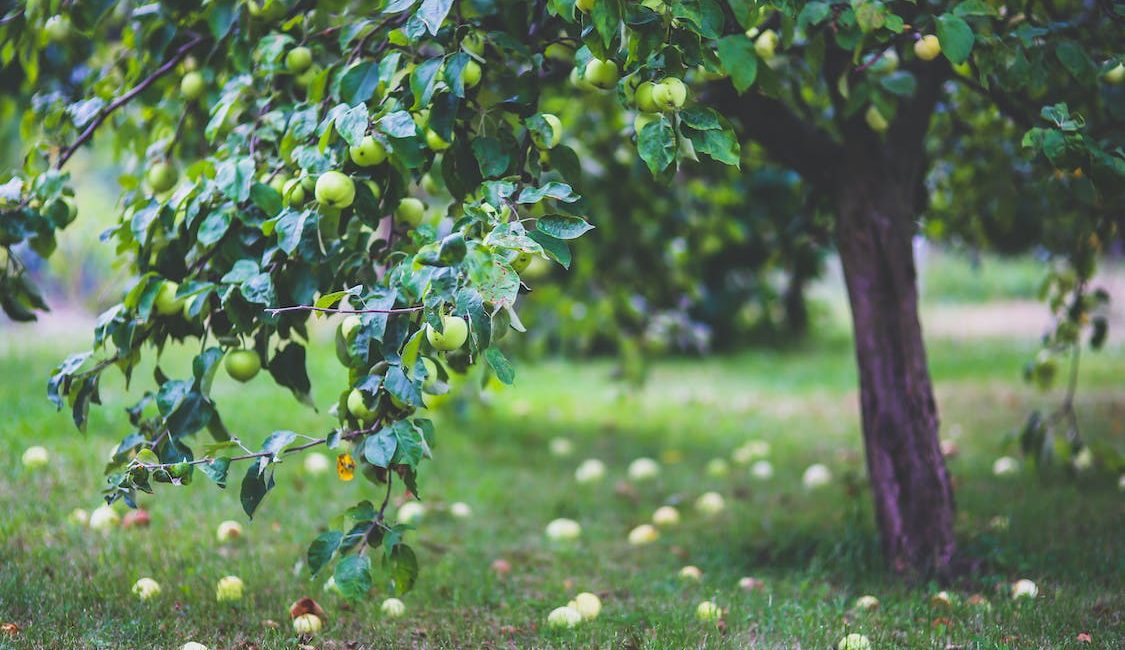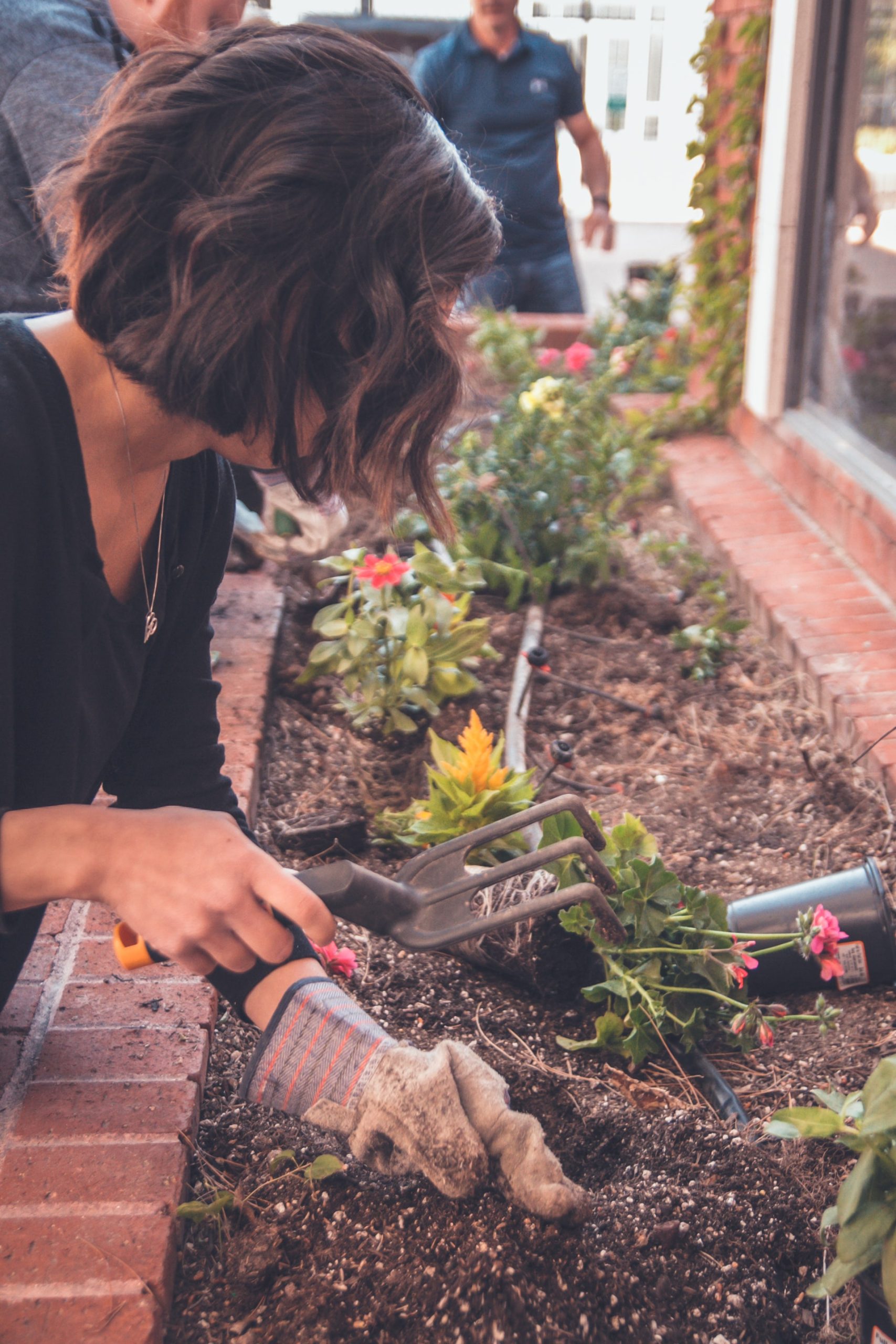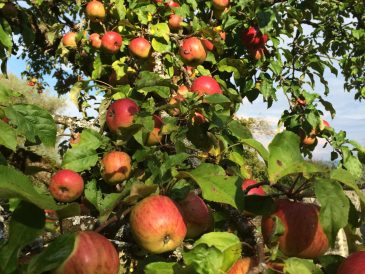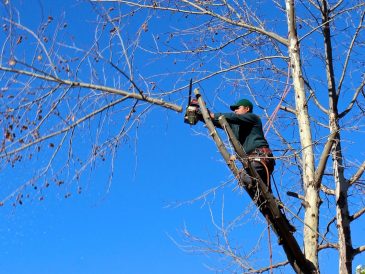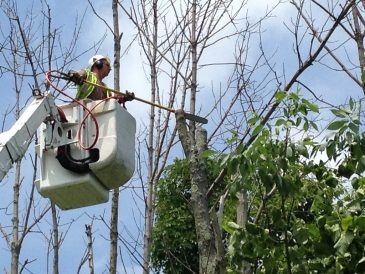How to Create a Free Axis for a Tree
Contents
Focus on the free axis management
Step 1: First winter of the scion plantation
Step 2: End of the first summer: arch the branches
Step 3: Second growing season: keep fruit
Stage 4: Third and subsequent years
Pruning fruit trees scares many a garden enthusiast. In reality, with a bit of logic and nature helping, it is easy to obtain fruit without a thorough knowledge of the subject.
The vertical axis management of apple trees is practiced in arboriculture precisely for its simplicity and high yield. It is done with apple and pear varieties associated with low-vigor rootstocks and can be done by any amateur.
Here is how to create a free axis to a tree by conduct without pruning.
Focus on the free axis management
The free axis management is simple and requires very little pruning:
It uses the arching of the branches to promote fruiting.
The trunk keeps its arrow which is arched to slow down the flow of sap (according to the Solaxe method) and especially to decrease the influence of the hormone emitted by the terminal bud, which tends to make the tree grow in height.
The tree does not exceed 2,50 m in height, facilitating its harvest and maintenance.
Note: this method is the main one used today in pome fruit production.
The free-axis management is practiced on trees planted in fruit hedges, grafted on rootstocks of low vigor. The plants are staked along 5 wires to compensate for the weak anchorage of the rootstock.
It can be transposed to a staked tree planted in isolation.
1. First winter of the scion plantation
If you plant a scion, i.e., a 1-year-old stem from the graft, keep the terminal bud and raise the crown by removing the possible branches (anticipated):
up to 1 m in height for the rootstock;
up to 1.20 m for the more vigorous.
If the scion starts to flower and produce that year, keep only one fruit.
2. End of the first summer: arch the branches
Tie a weight to the ends of twigs measuring more than 60 cm or hold them with a flexible tie attached to its end and connected to the trunk. This action is done in September or even at the time of flowering.
3. Second growing season: preserve fruit
The second-year production can be kept until the end of the season because it stimulates photosynthesis. The foliage is less yellow when the fruit is present.
However, thin out excess young fruit (after the natural fall in June) that could harm the tree’s growth: keep only one fruit per bunch.
On 3-4-year-old trees, thinning is preceded in March by removing spurs (branches bearing buds) close to the trunk: pass the gloved hand over the areas to be “cleaned” and form a light well.
4. Third and subsequent years
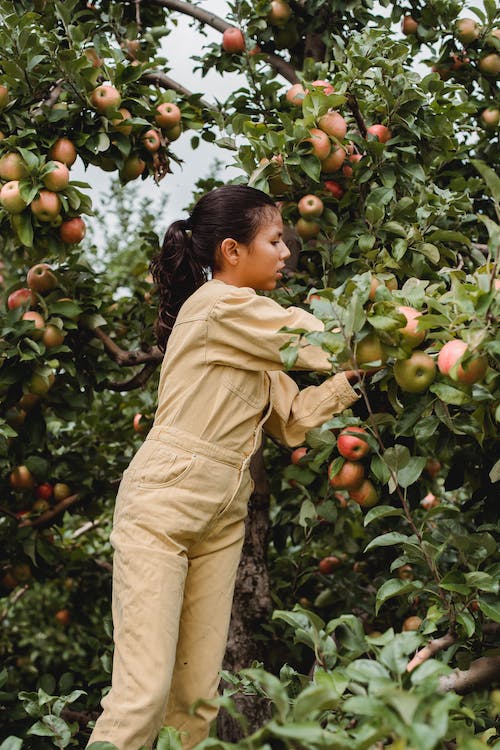
Continue to arch the branches by holding them with weights or nylon threads (or old stockings). Eventually, the weight of the fruit at the end of the branch is enough to cause a natural arching.
Prune the twigs that cross or grow towards the tree’s interior with pruning shears and make extinctions to create a light well in March.
Thin the fruit after the “June drop”. Keep as a priority:
the fruits appearing at the end of the branch because they favor its arching (2 maximum per end);
then those appearing directly on the trunk on very short branches;
finally, those which form on the sides of the branches: keep only 1 fruit per bunch.
Note: the Equilifruit is a tool used in the profession to estimate the quantity of fruit to keep according to the section of the branch (or trunk for the first year): 5 apples per cm² of section measured at 30 cm above the grafting point or 10 cm from the point of insertion of the branch on the trunk. Thus a trunk of 2,5 cm² can bear up to 12-15 apples. You can reproduce an Equilifruit with a cardboard box based on a model. Then simply compote the fruits in the order of priority described above and remove the others.
Then:
You observe that one or more vertical shoots start at the top of the arch that will serve to renew the fruiting branches.
These will set fruit in 1-2 or 3 years and arch in turn.
Remove the end of the branch only if you notice that it is no longer productive (case of modern apple varieties).
Equipment needed to conduct a free-axis fruit tree
Gardening gloves
Universal ties
Pruning shears

